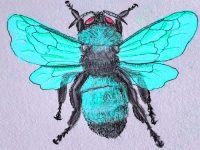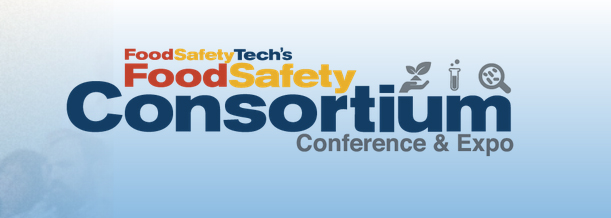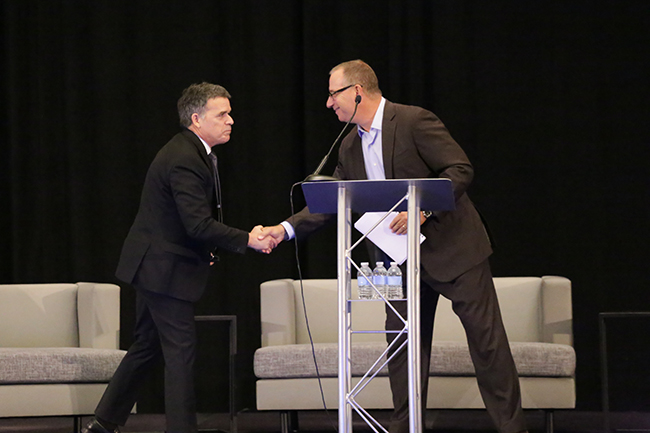Foreign object detection is a critical step for food processors, with inspection personnel experiencing increased pressure to ensure food safety regulatory compliance without hindering productivity. This pressure has only increased as food processors are faced with accelerated timelines to meet changing supply chain demands for more at-home meals, including frozen and processed, shelf-stable foods as buying habits have changed during the COVID-19 crisis.
Identifying and Understanding Contaminants
Among foreign objects, metals such as ferrous, nonferrous and stainless-steel shavings or broken pieces from equipment are among the most common foreign objects of concern in food processing plants. As part of their HACCP assessment, food processors must identify where these foreign objects could enter the process and ensure that control, such as a metal detector, is in place to reduce escapes into food products.
Overcoming Detection Challenges
Metal detection has long been used as a tool for finding foreign metal objects in food. However, until recently, metal detection had shortcomings. Mineral-rich foods like fresh salad greens, or high-salt content foods, including meat, cheese and fresh-baked bread, are highly conductive and can mimic metal signals. Metal detectors were also susceptible to environmental conditions like temperature swings and electromagnetic interference from nearby equipment in the processing plant. They also pose an ongoing challenge to avoid excessive false rejects, which increase the potential for costly scrap or rework, impacting operational efficiency.
For bread, there is a further complication from the varying densities, air bubbles and other physical characteristics of each loaf since no two are exactly the same. The variations can “confuse” metal detectors into thinking a contaminant is present when it is not, and consequently rejecting good products.
Recent Advancements in Metal Detection
Recent technological advancements are designed to overcome these challenges. Newer technology enables the operator to quickly and easily fine-tune up to five frequencies to achieve the optimal sensitivity settings to find only the metal and ignore the host product. Advancements in software have enabled the automated set-up of detection parameters, saving time. And tracking features allow the metal detector to adjust on the fly without intervention by an operator. Less-skilled line workers are able to perform these tasks versus highly skilled labor required in the past. What used to take hours can be accomplished in minutes, resulting in maximum food safety and operational efficiency.
One of the new technologies scans up to five user-selectable frequencies at a time from 50 to 1000 kHz. It enables users to identify contaminants that are up to 70% smaller in volume than previous single-frequency technology. It reduces the probability of escapes to near zero.
Providing a high probability of detection, safety and operational efficiency allows for a higher level of food safety and brand protection while meeting user processing demands. Keeping the food supply free from foreign objects is always crucial for consumer safety and brand protection. Current events and accompanying demands on food processors underscore the importance. The right technology solution for a specific application depends on application-specific requirements. Given the many factors that can impact detection results, it is prudent to request a complimentary product test performed by the inspection equipment manufacturer(s) under consideration. A product test provides a real-world performance estimate and any technical recommendations for improving contaminant prevention, helping to set up food processors for success.





















